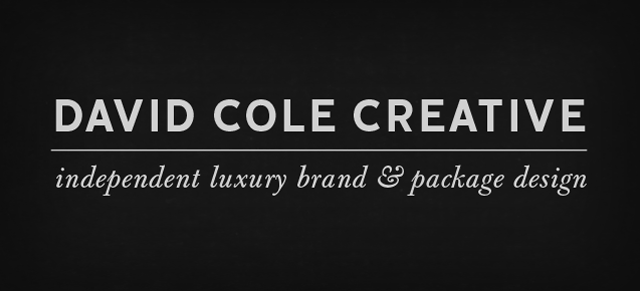In Praise of Deep Punts
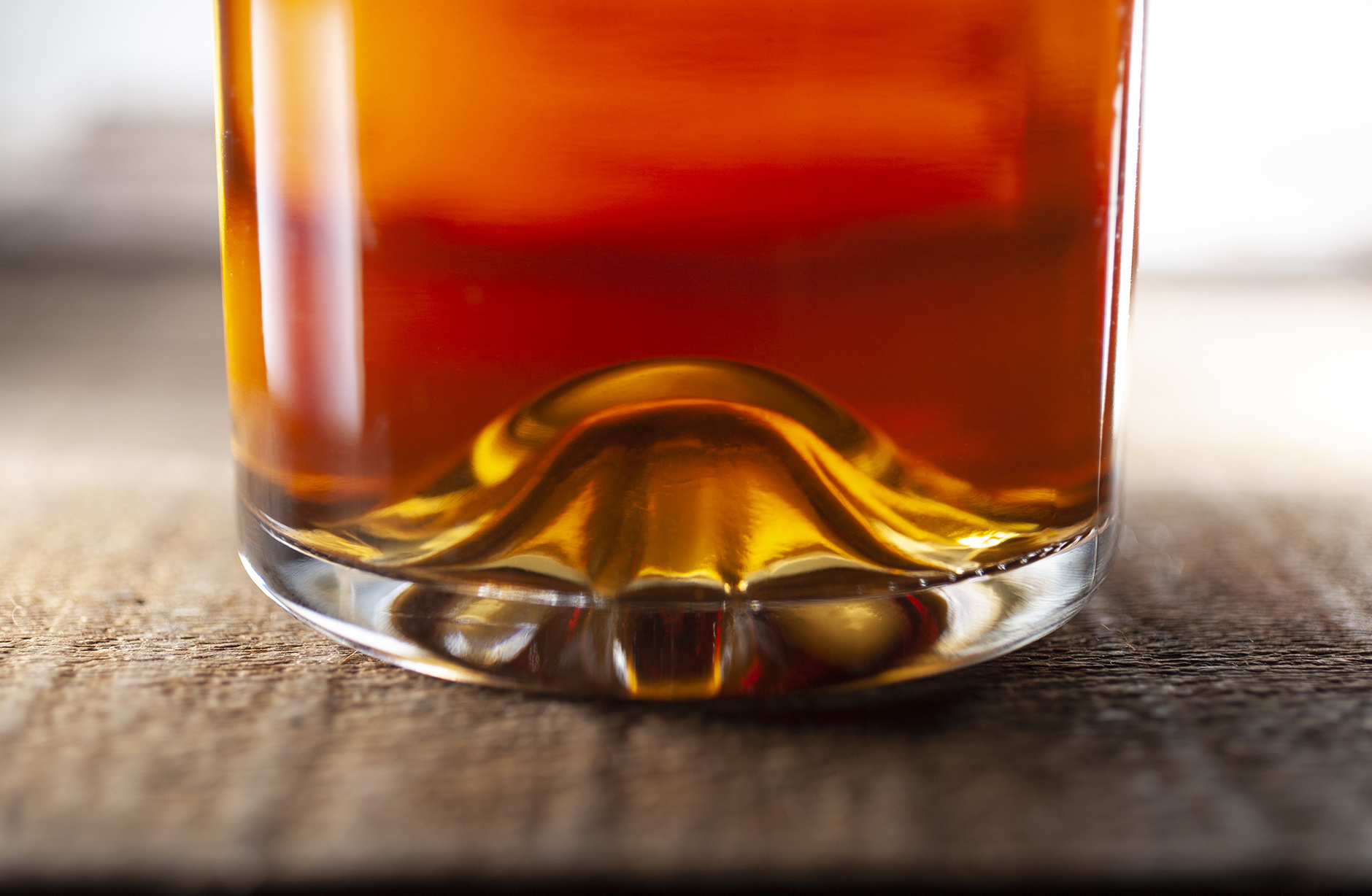
The indentation in the bottom of a bottle is called a “punt.”
I remember when I was a teenager and I first observed a wine bottle with a deep punt. A was starting to see the world with a healthy dose of skepticism and a general distrust of anything advertised, packaged or for sale. It’s during those teenage years that you start learning the truth about the world around you and it’s often disappointing. Cereal boxes are half empty and snack bags contain more air than snack. So it’s no surprise that I figured the deep punt in the wine bottle was a trick to make the bottle look bigger than it actually was. I was thoroughly disgusted with winemakers, the world over.
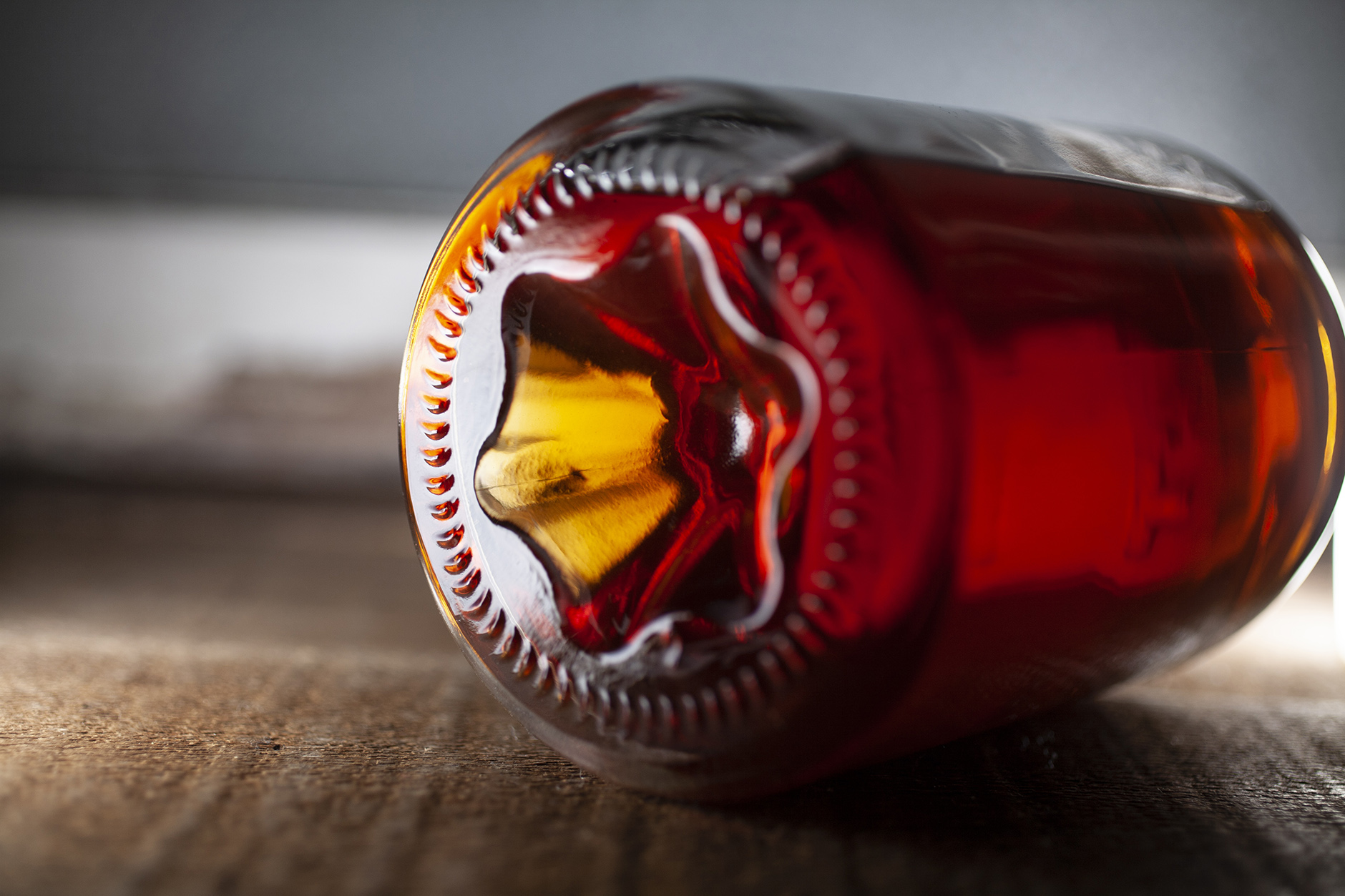
Bottom view of the punt shown above
Now that I’m on the design side, I know the truth about punts and, guess what, the deeper the better! In truth, it’s not a trick to make the bottle look bigger. The good people selling wine and spirits are not trying to trick their customers. Historically, the punt was pushed in by glass blowers so that the bottle could stand upright, otherwise there would have been a “bullseye” or pontil mark protruding from the bottom of the bottle, making it tippy. Nowadays bottles are machine made and this isn’t a problem. And so punts are no longer required (many bottles don’t have one at all). But, as with many things, the pattern has been established and we carry on for the sake of tradition.
Many bottles are cast with a heavy, solid glass base, which is gorgeous, no doubt. It catches the light like a silvery block of pure ice, adding beauty and perceived value to the bottle and its contents. But glass is expensive. The same 750ml bottle can easily cost twice as much, per unit, when cast with a heavy base. Truly – twice as much or even more. An “economy” 750ml spirits bottle can be obtained for eighty cents apiece while a premium model – holding the same volume of liquid – can easily cost two dollars or more each. The only difference being the amount of glass used. When you multiply those difference out times ten or twenty thousand cases per year, it affects the bottom line. So we try to use glass economically when we can.
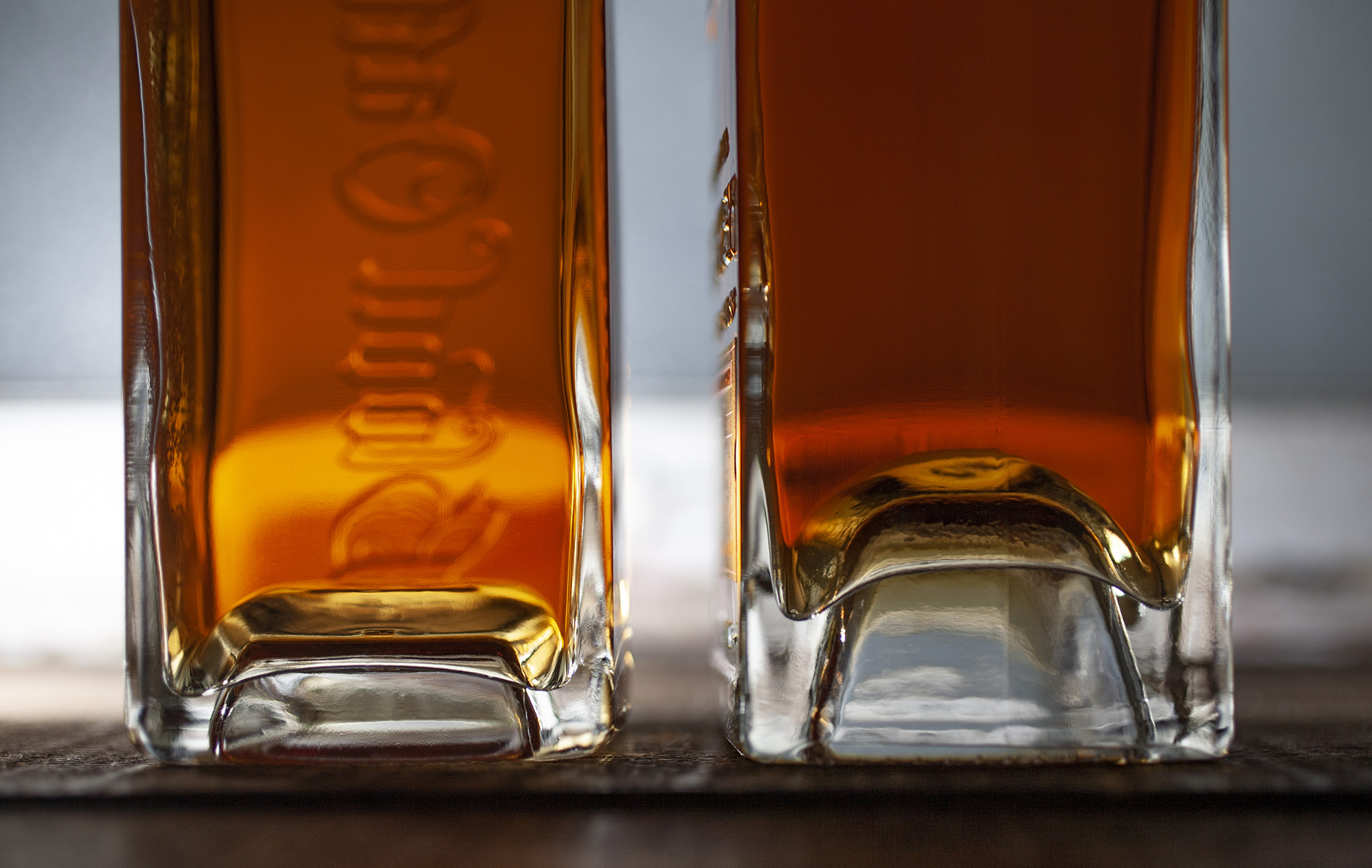
At left, a very deep punt (Blood Oath). At right, a ridiculously deep punt (Lux Row).
This is where a nice deep punt comes in. It’s a less expensive way to achieve a similar look and feel without casting quite as much glass. Again, this is all for aesthetics. For me, a deep punt is a great way to catch the light as it refracts through the glass and the liquid inside. It adds depth and visual interest to the final product making it more attractive. And it does so with significantly less glass than a thick, solid base. In fact, a hollow punt has its own merits beyond just attempting to mimic a solid glass base. The varying thickness of the glass and liquid around it create even greater depth and variety of refractions and shades of amber (with aged products) than can be achieved with a solid base. Each approach has its own merits and works well for different purposes, with different results. I love a heavy solid base for the purity and clarity of the glass. And I love a deep punt for the visual variety and sparkling effects of the light through the glass.
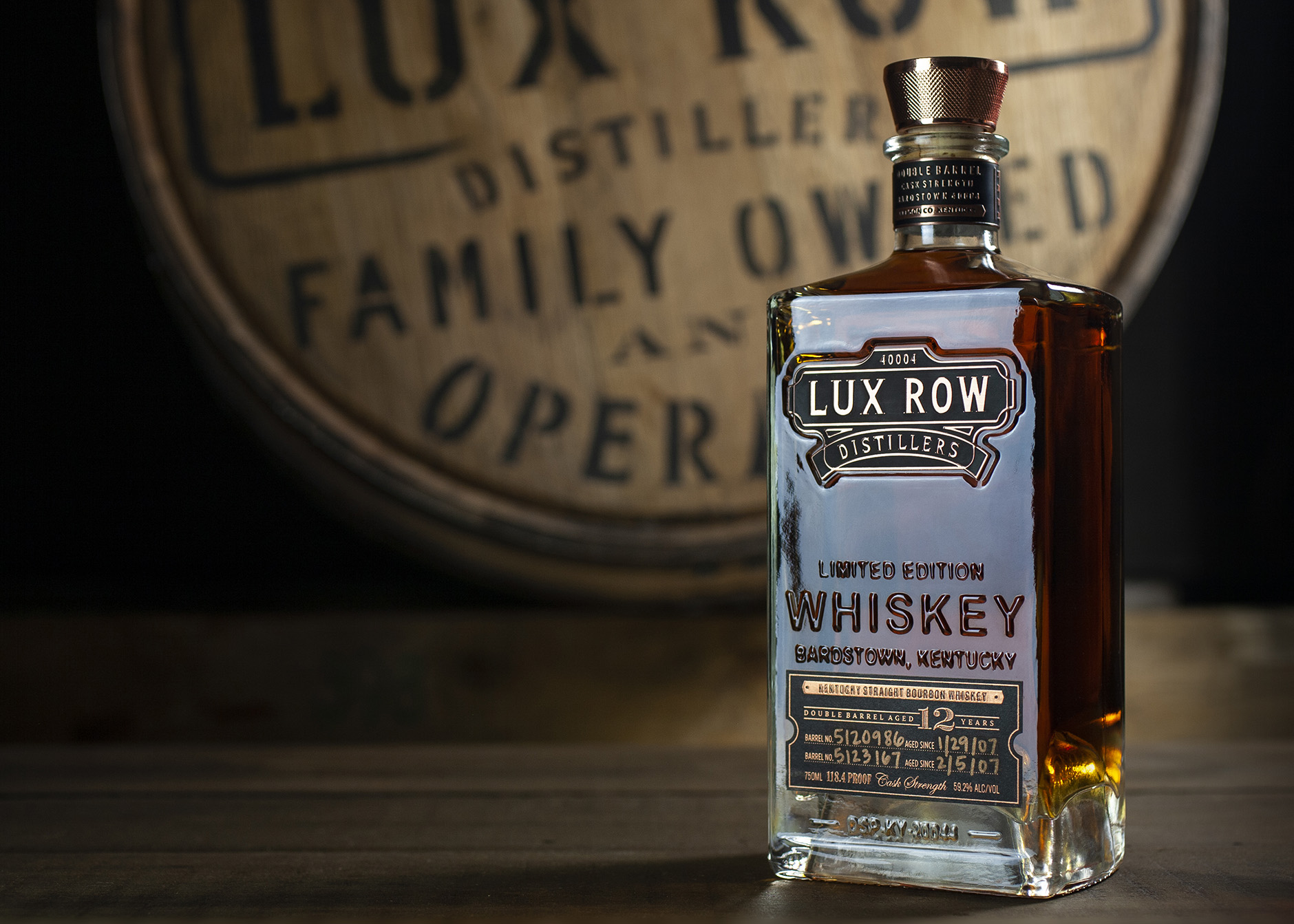
Lux Row Distillers 12-Year
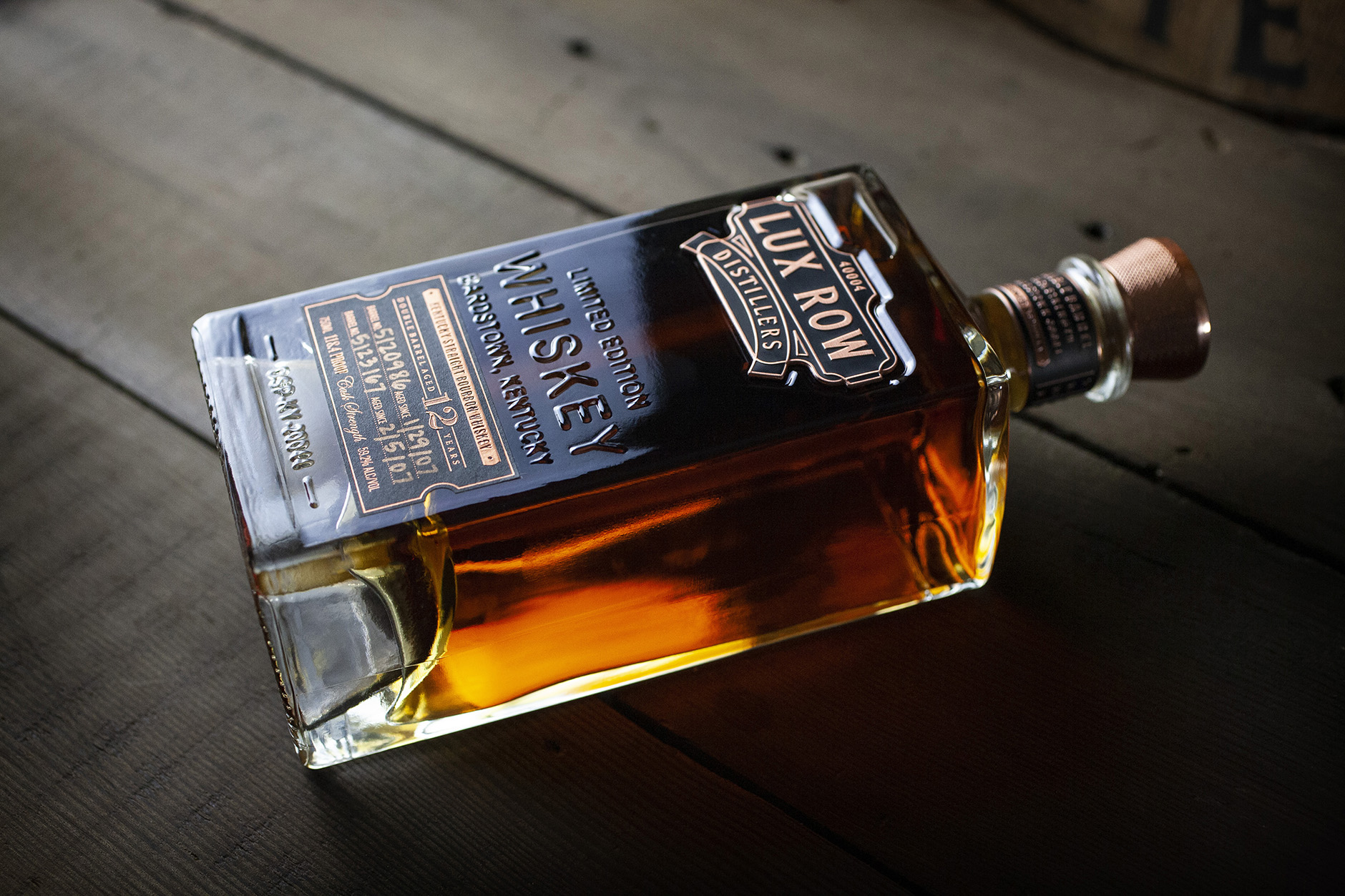
Lux Row Distillers 12-Year
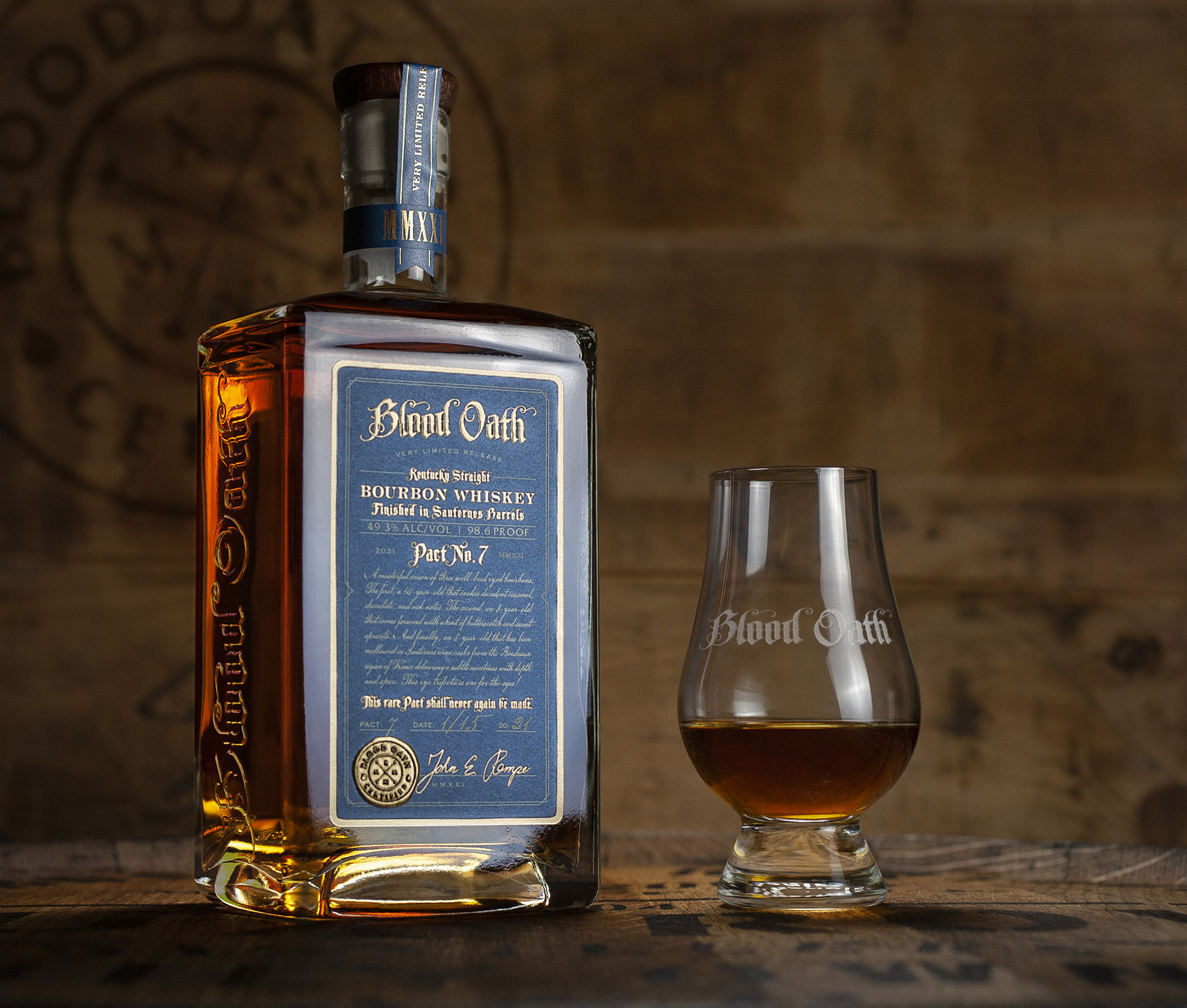
Blood Oath Pact No 7
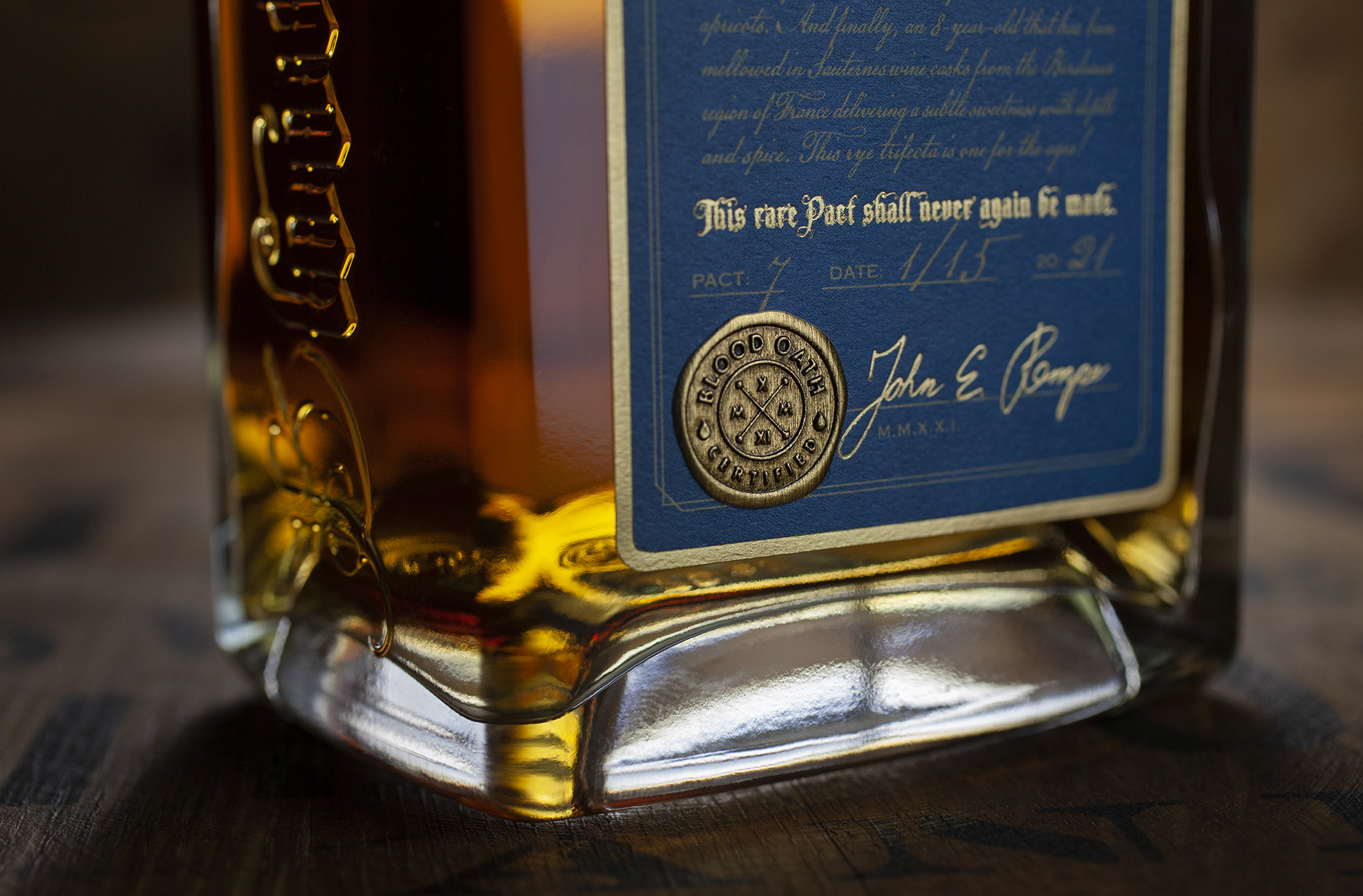
Blood Oath Pact No 7
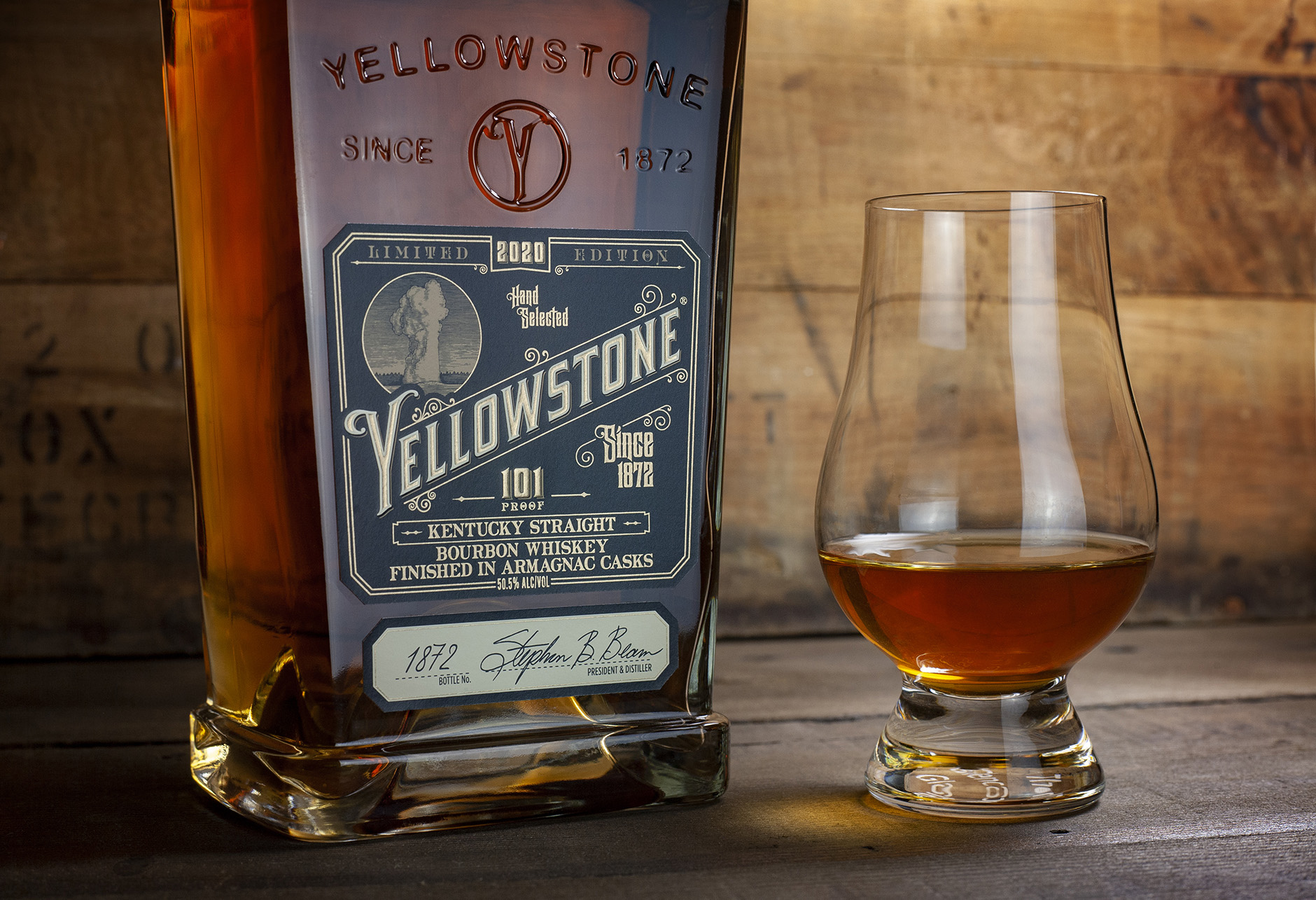
Yellowstone Limited Edition
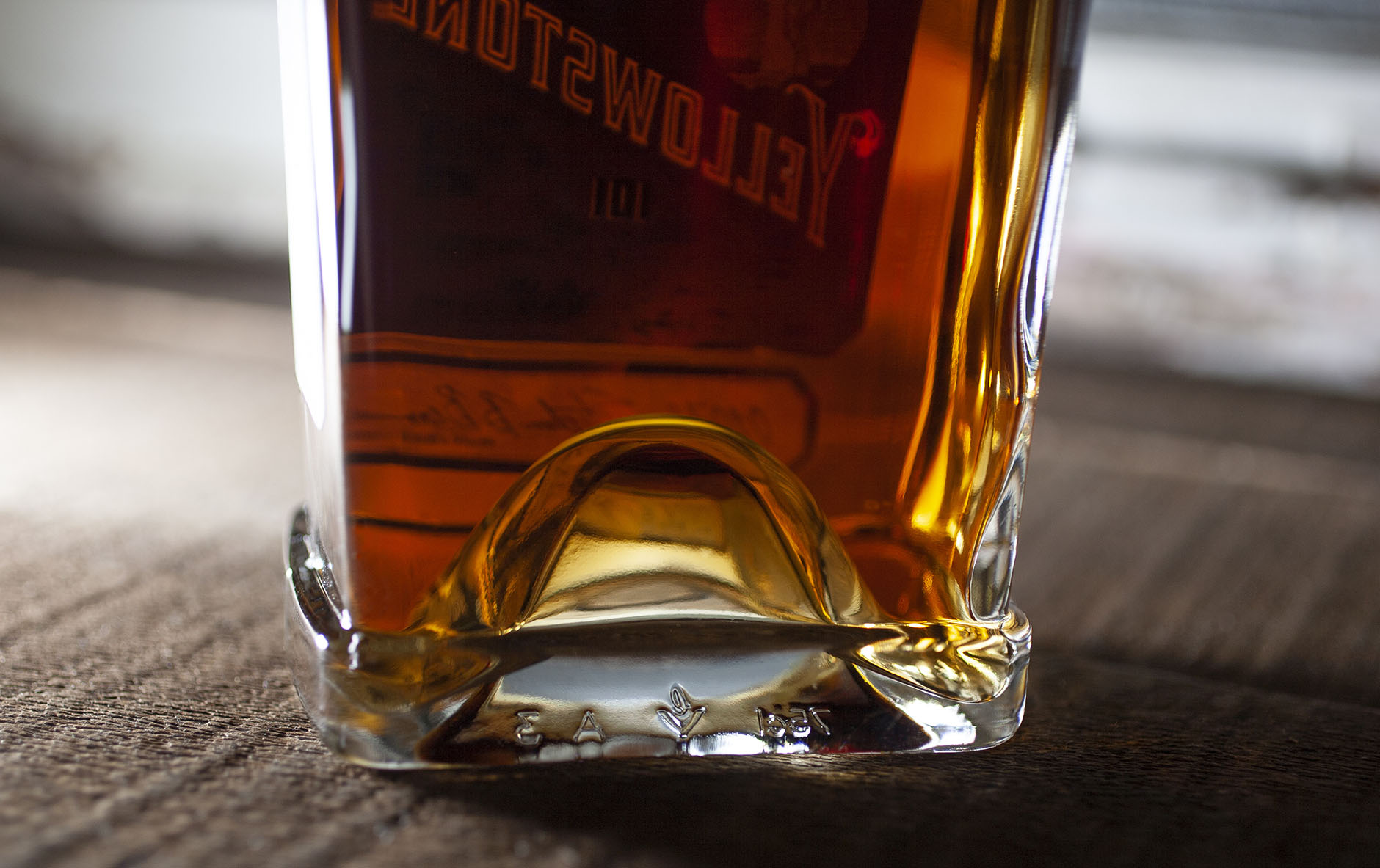
Yellowstone Limited Edition
